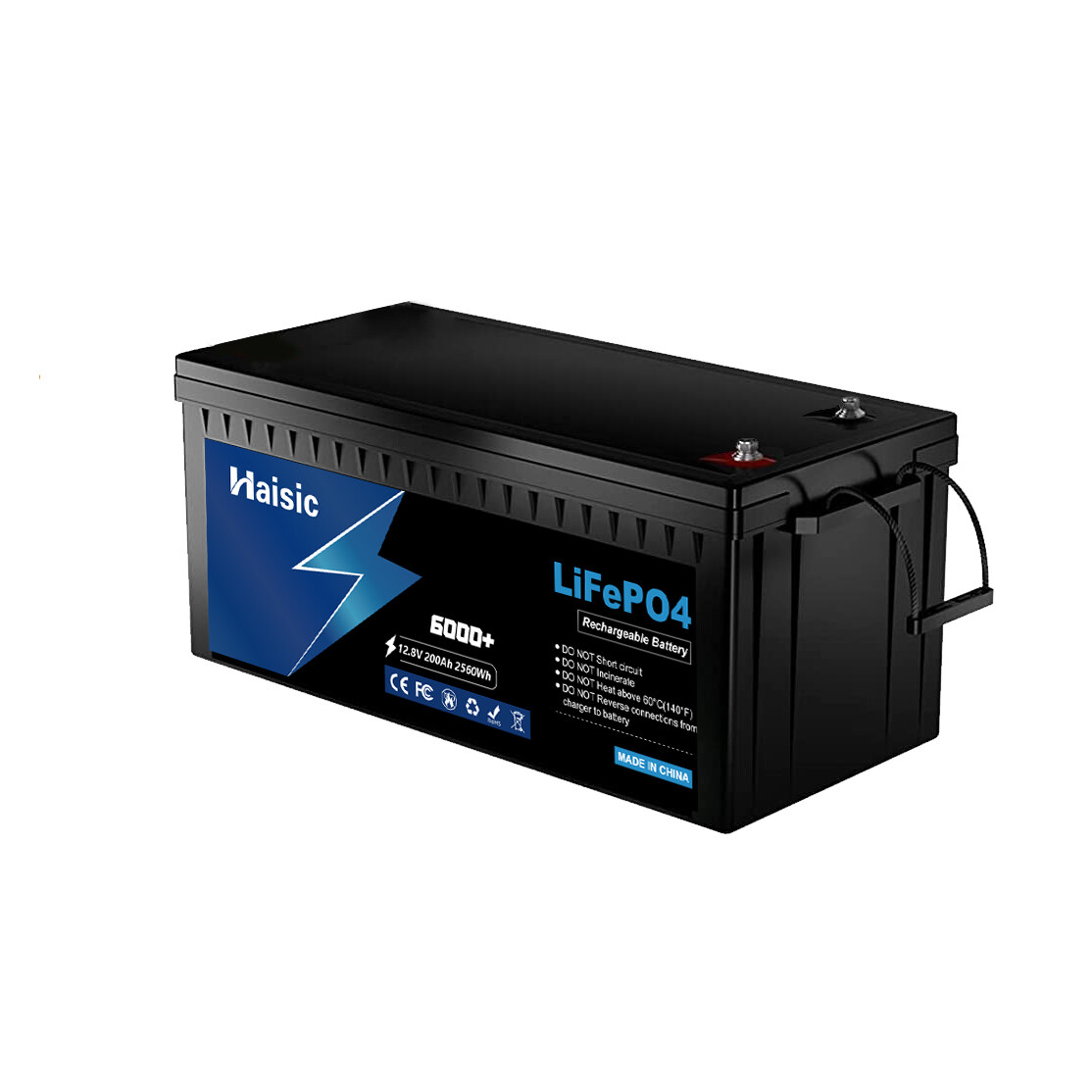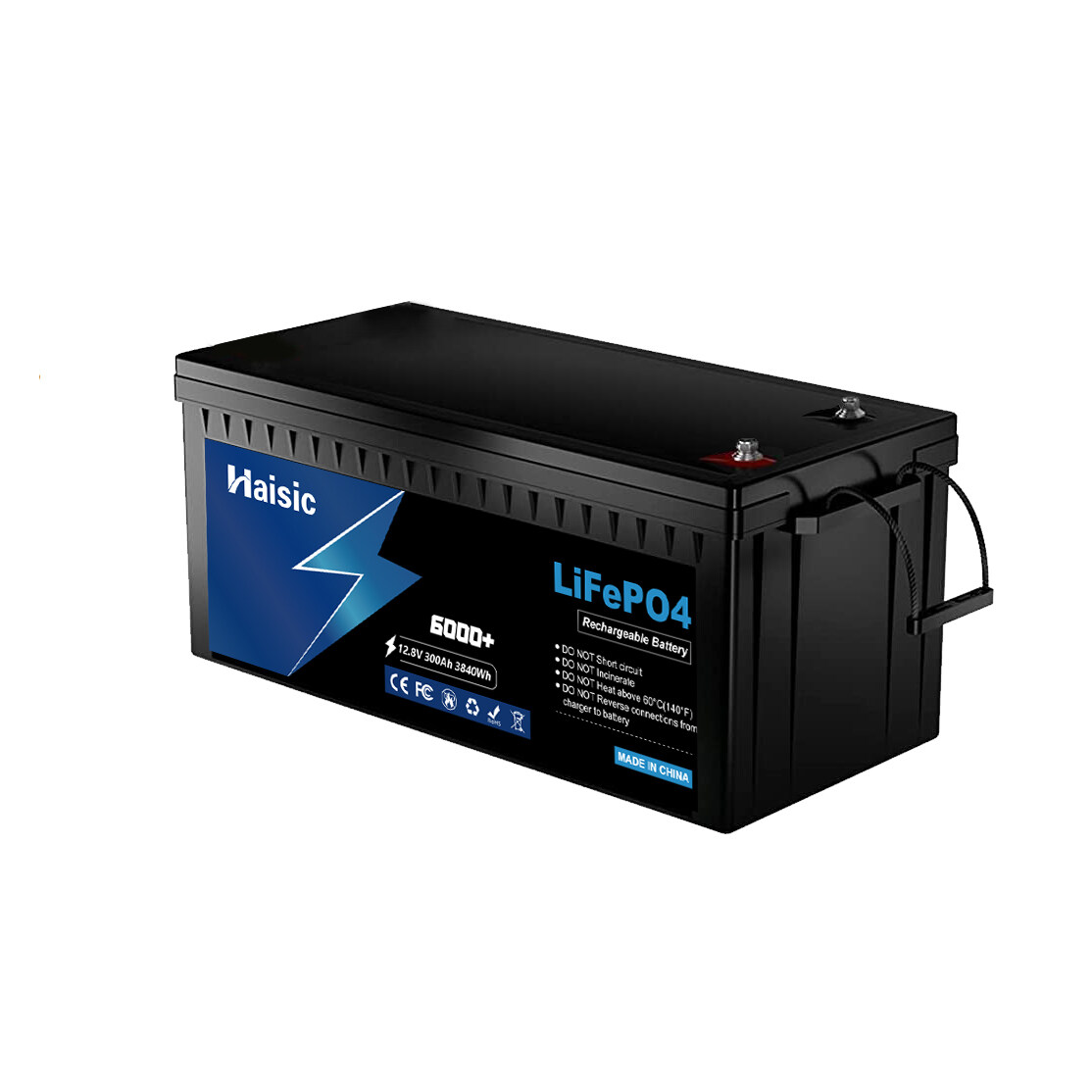Portable power stations have become indispensable for various applications, and the emergence of Lithium LiFePO4 technology has revolutionized their efficiency and usability. This blog aims to delve deep into the workings of these power stations, exploring their technology, components, practical uses, and considerations for potential buyers.
Lithium LiFePO4 Technology in Portable Power Stations
Understanding LiFePO4 Chemistry
LiFePO4 chemistry is known for its stability, longevity, and safety compared to other lithium-ion technologies. Its inherent advantages make it an ideal choice for portable power stations:
- Safety: LiFePO4 batteries have a higher thermal stability, reducing the risk of thermal runaway and fires.
- Longevity: They have a longer cycle life compared to other lithium-ion batteries, enduring more charge and discharge cycles.
- Stability: These batteries maintain a more stable voltage during discharge, providing consistent power output.
Battery Cells in Portable Power Stations
The heart of these stations lies in the LiFePO4 cells. Their characteristics impact the overall performance:
- Capacity: LiFePO4 cells come in various capacities, with 100Ah being a popular option. Higher capacity allows for longer runtime.
- Design: Advancements in cell design focus on maximizing energy density while maintaining safety and durability.
- Efficiency: These cells exhibit lower self-discharge rates compared to other lithium-ion chemistries, preserving stored energy when not in use.
Inverter and Output Capabilities
Understanding the inverter and output options is crucial for users:
- Inverter Function: The inverter converts DC power from the batteries to AC power for running various devices.
- Output Ports: Different ports (USB, AC, DC) cater to diverse devices. AC ports mimic household outlets, while USB and DC ports handle smaller electronics and appliances.
- Power Ratings: Continuous and surge power ratings determine the devices that can be powered and for how long.
Charging Methods and Input Options
The versatility of charging methods determines usability:
- Solar Charging: Some portable power stations support solar panel charging, providing an eco-friendly and off-grid power source.
- Wall Outlets and Car Chargers: These are traditional charging options, offering convenience in different settings.
- Fast Charging: Stations with fast-charging capabilities reduce downtime by quickly replenishing the battery.
Practical Applications
Outdoor Adventures and Camping
Portable power stations have revolutionized outdoor experiences:
- Powering Gear: From charging smartphones and cameras to running portable fridges or lights, these stations offer convenience and safety during camping trips.
- Off-Grid Power: They enable users to access electricity in remote areas where traditional power sources are unavailable.
Emergency Preparedness and Backup Power
During emergencies or power outages:
- Essential Appliance Support: These stations keep essential appliances like medical devices, lights, and communication devices operational.
- Long-Lasting Backup: The longer cycle life of LiFePO4 batteries ensures prolonged backup power when needed most.
Professional and Industrial Applications
In professional settings or industries:
- Construction Sites: Powering tools and equipment in remote or off-grid construction locations where grid power isn't accessible.
- Film Shoots and Events: Providing reliable power for filming equipment, lighting, and event setups without relying on conventional power sources.
Factors to Consider Before Purchase
Capacity and Power Output
Determining the right capacity and power output for your needs:
- Assessing Power Requirements: Understanding the wattage needed to power devices and appliances.
- Continuous vs. Surge Power: Differentiating between continuous power output (sustained usage) and surge power (for brief high-power demands).
Portability and Durability
Considering the station's physical attributes:
- Size and Weight: Assessing portability based on how easily the station can be transported.
- Build Quality: Ensuring durability for different environments, especially for outdoor or rugged usage.
Additional Features and Safety Measures
Examining extra functionalities and safety aspects:
- Monitoring and Control: Some stations offer app control for monitoring power usage and settings remotely.
- Safety Mechanisms: Features like overcharge protection, over-discharge protection, and short-circuit prevention enhance safety during usage.
Understanding Capacity and Power Output
Assessing Power Needs
- Wattage Calculation: Understanding the wattage requirements of devices and appliances to determine the necessary power output.
- Capacity vs. Power Output: Balancing the station's capacity (measured in watt-hours) with its power output (measured in watts) for optimal performance.
Continuous vs. Surge Power
- Continuous Power: The sustained power output a station can provide for extended periods.
- Surge Power: The extra power a station can deliver for short bursts, crucial for starting motors or running devices with high initial power demands.
Portability and Durability Considerations
Size, Weight, and Mobility
- Portability: Evaluating the size and weight of the station for ease of transportation during outdoor activities or while traveling.
- Handle and Design: Ergonomic designs or carrying handles enhance portability.
Build Quality and Environment Suitability
- Ruggedness: Assessing the station's build quality to withstand outdoor elements or rough handling.
- IP Rating: Checking for IP (Ingress Protection) ratings indicating resistance to dust and water, essential for outdoor use.
Additional Features and Safety Measures
Remote Control and Monitoring
- App-Based Controls: Some stations offer mobile app control for remote monitoring and settings adjustment.
- LCD Display: Built-in screens providing real-time information on battery status, power usage, and charging status.
Safety Mechanisms
- Overcharge Protection: Preventing damage to the battery by stopping charging when it reaches full capacity.
- Over-Discharge Protection: Safeguarding the battery from excessive depletion, prolonging its lifespan.
- Short-Circuit Protection: Ensuring safety by preventing short circuits that could damage the station or connected devices.
Conclusion
Lithium LiFePO4 portable power stations represent a remarkable advancement in portable energy solutions, offering reliability, safety, and versatility for various applications. Understanding their technology, components, practical uses, and essential considerations empowers users to select the most suitable station for their specific needs.


